Essence
Nha Nhac (royal music ) is an orthodox music form, considered the national music, used in the sacrifices and ceremonies of the royal court. The Vietnamese monarchies attached great importance to and developed Nha Nhac to become a symbol of the longevity and prosperity of the dynasty. The regulations on the size of the orchestra, the performance style, the content of the pieces... of Nha Nhac are all very strict, reflecting the orderliness through high aesthetic institutions, capable of reflecting the ideology and philosophical concepts of the contemporary monarchy.
According to the late Professor, Dr. Tran Van Khe, royal court music is a unique traditional music of Vietnam, especially Hue Royal Court Music which has great value in terms of history and art. Although used in the royal court, the creation and performance are mostly done by musicians and artists from the folk, thanks to their high skills, they were recruited to serve the royal court.
The instruments used in court music were also very carefully crafted, more skillfully and delicately carved than those used in folk music, and had a full range of sounds: metal sounds, earth sounds, clear sounds, dull sounds, low sounds, high sounds, silk sounds, bamboo sounds, leather sounds, stone sounds (khang), and bronze sounds. In terms of pitch, there was the low sound of the pipa strings, the high-pitched whistling sound of the flute. When in harmony, no instrument could overpower the others, and each type of sound could be clearly distinguished.
According to Mr. Nguyen Phuoc Hai Trung, Deputy Director of the Hue Monuments Conservation Center, in the first half of the 19th century, social conditions allowed royal court music to develop. At this time, Nha Nhac had a very rich system of repertoire, with hundreds of musical chapters. The musical chapters were all compiled by the Ministry of Rites to suit each ceremony of the royal court.
On November 7, 2003, Nha Nhac was listed by UNESCO as a masterpiece of the oral and intangible heritage of humanity. This is the first intangible cultural heritage of our country to be recognized by UNESCO. UNESCO's recognition is considered a driving force for a breakthrough in preserving and promoting the value of Nha Nhac.
Efforts to preserve and promote
After being recognized by UNESCO as an intangible cultural heritage of humanity, Nha Nhac has received attention for preservation and promotion of its value. With the sponsorship of UNESCO, the Hue Monuments Conservation Center has selected a class of 20 people to be trained at the Intermediate School of Culture and Arts to serve the work of preserving and promoting the value of Nha Nhac. Since then, Nha Nhac has had more skilled artists, rejuvenating the team to continue research and transmission work. From an art troupe of less than 30 people, the Hue Royal Traditional Arts Theater has become a strong theater of over 150 people with the transmission and inheritance between generations of artists.
In the early days, the research and collection of Nha Nhac pieces encountered many difficulties when it lost its original space and was in danger of gradually disappearing. Historical documents on Nha Nhac were not many, and were distributed in many places, without a systematic and systematic archive. Artists and people who understood performance techniques as well as knowledge about Nha Nhac were still too few.
People's Artist Bach Hac, Director of Hue Royal Traditional Arts Theatre, said that the theatre attaches great importance to the research and preservation of data systems on Nha Nhac and other royal arts so that future generations do not have to go to great lengths to find them. Following the footsteps of previous generations, artisans, artists, and staff of the theatre have researched, collected, conducted fieldwork, and searched for Nha Nhac pieces passed down by artisans inside and outside the province to restore them, such as: Tam Luan Cuu Chuyen, 10 Ban Ngu, Phu Luc Dich, Nam Ai Nam Bang, etc.
“The 20-year process for Nha Nhac is long but not too long. We have to race against time to collect and meet living witnesses, urgently exploit the valuable knowledge, skills, and techniques that are still there in order to archive many records of Nha Nhac’s repertoire, including Tuong and royal dance. Every year, the theater makes 1-2 research files. Each file takes a whole year, even 2-3 years to complete, because we have to find convincing evidence, have comparisons... The process of researching and building the files is very hard. Research staff have to go on field trips to find artisans and artists all over the country from Quang Nam , Quang Ngai, Binh Dinh to Quang Tri... Many times, we travel endlessly to Quang Ngai, encountering old artisans with poor health and have to return home”, People's Artist Bach Hac said.
The repertoire of Royal Court Music after research has been effectively served. Currently, in addition to the performance programs serving domestic and foreign politicians, international guests and the people, the theater also performs Royal Court Music in the performance spaces that were previously performed in the Royal Palace to serve tourists.
People's Artist Bach Hac said: "The classic performances, considered symbols of Nha Nhac, are always preserved in their original form by us. The performance of Dai Nhac, Tieu Nhac, Luc Cung Hoa Dang dance... are present in every festival to show the culture and image of Hue. Nha Nhac is also the soul to attract tourists to visit and learn about the culture in the Royal Palace, in addition to the unique architecture of the relic complex."
Source

















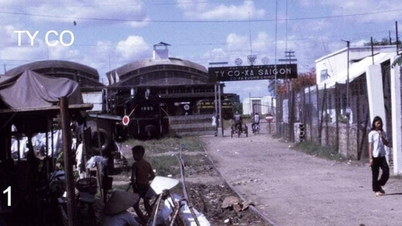











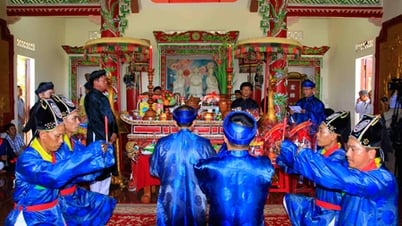

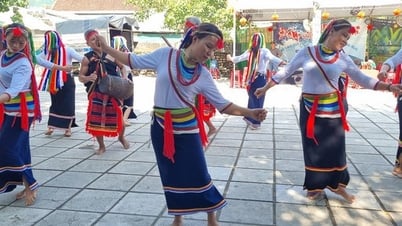


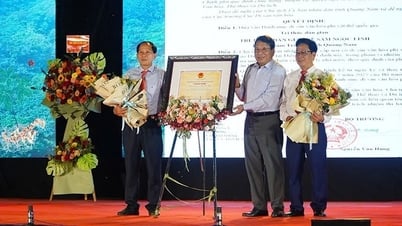

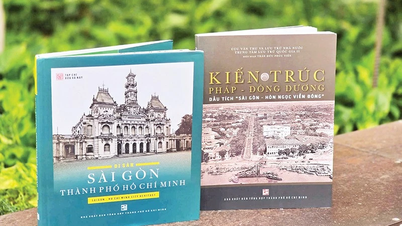






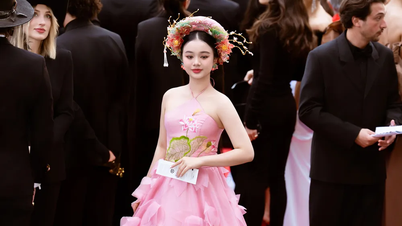



















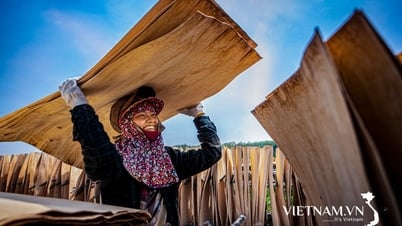






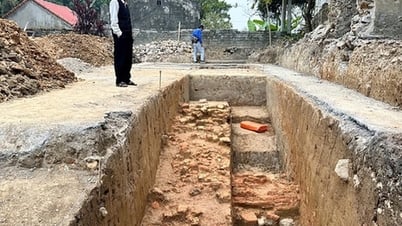





















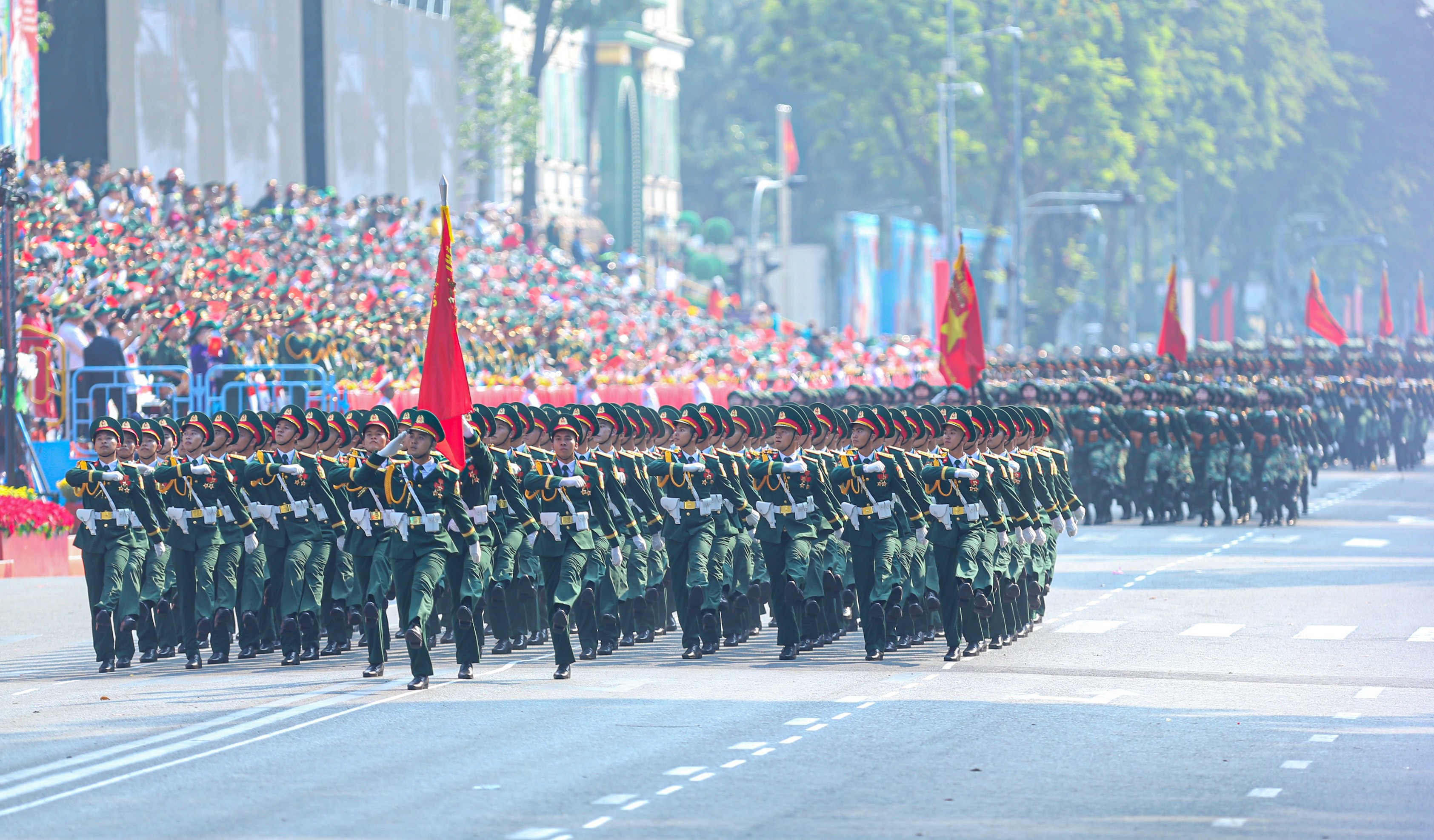


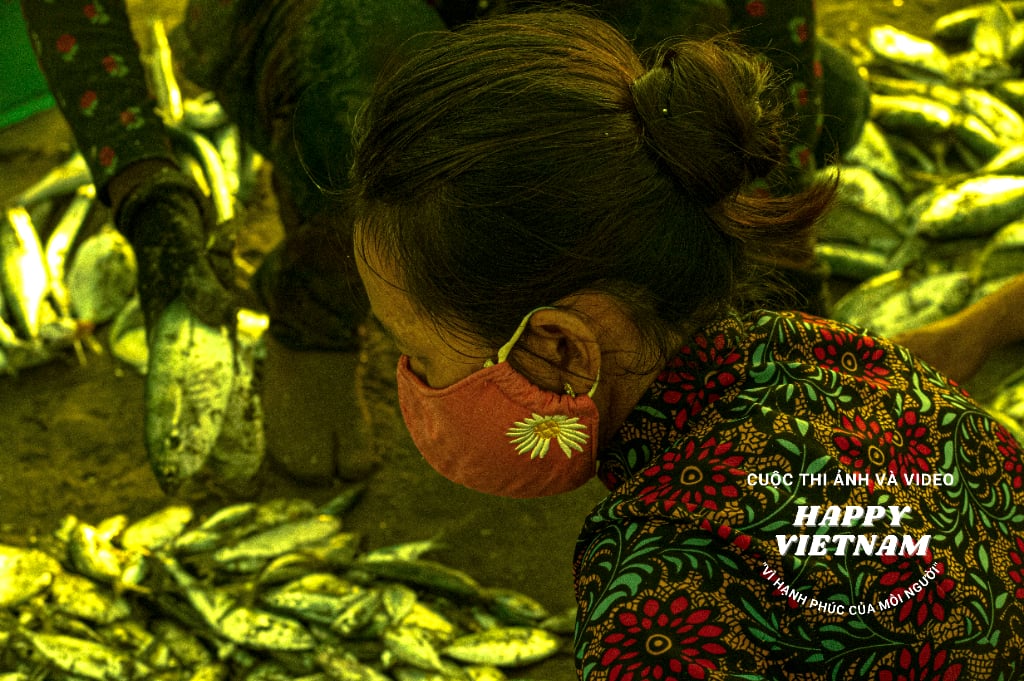
Comment (0)